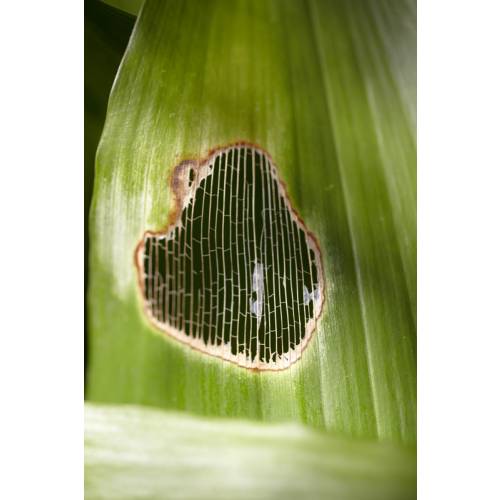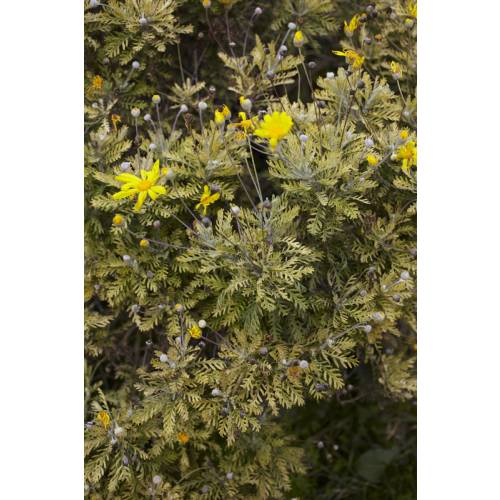
Diseases
Spotting signs of non existent disease
- Details
-
Not everything that looks ill really is. Sometimes plants suffer from physiological problems (thirst, heat etc.) that are very easy to cure and need no further treatment.
Stains on the leaves
The plant was on top form then all of a sudden, its leaves are covered with large withering stains in the centre. Most often, this is simply a case of sunburn! When a plant is exposed to a strong source of light its leaves are not equipped to protect themselves and the most exposed tissue withers away. The plant will not die because of this but it will be disfigured until the leaves can be renewed. This problem can often be seen in air-conditioned verandas: the plants are in full sun but the air temperature is only 18°C in full summer, the leaves burn because they receive too much light relative to the temperature. So be careful to shelter plants from full the sun and get them used to it slowly by moving them each week a little closer to the source of light.
Withering
It can happen that the whole of the plant starts to wither to varying degrees. It could be lacking water and the natural reaction is to water it. However, if a plant withers it is not always due to a shortage of water. Indeed some plants wither if they receive too much water. This is the case with the indoor ficus family and delicate outdoor plants like the Virginia creeper and certain Japanese Maples, which will suffer if the weather is hot and the soil is sodden. If this is the case, then quickly improve the drainage around the base of the plant.
Other plants can wither when they are too cold. The indoor cissus can suffer if the room is too cold in winter. There is an easy solution: move the plant towards a source of heat (and light).
The disappearing plant
Annual plants by definition only last one season. Therefore, you should not be surprised that they do not return the next year, unless they managed to self-seed themselves. Plants like everything else also get older, some quicker than others. Some perennial plants (vivacious) in reality will only live for three to four years before dying. It is the case with scabious, large flowered rudbeckia or campion for example. This short life span is compensated by the long life of others, which can grow for over a century in the same spot such as the Christmas roses and peonies!
The yellow tinge
When a plant’s leaves turn yellow it is not necessarily suffering from chlorosis, meaning a lack of a specific nutrient in the soil (most often chlorosis is caused by an iron deficiency).If its position is too humid the plant will have too much water and will turn a yellow colour. It is often seen with an Eleagnus hedge planted in very humid ground. Two solutions exist to cure it: improve the drainage around the base or move the plants to a drier spot. - Photos (2)


